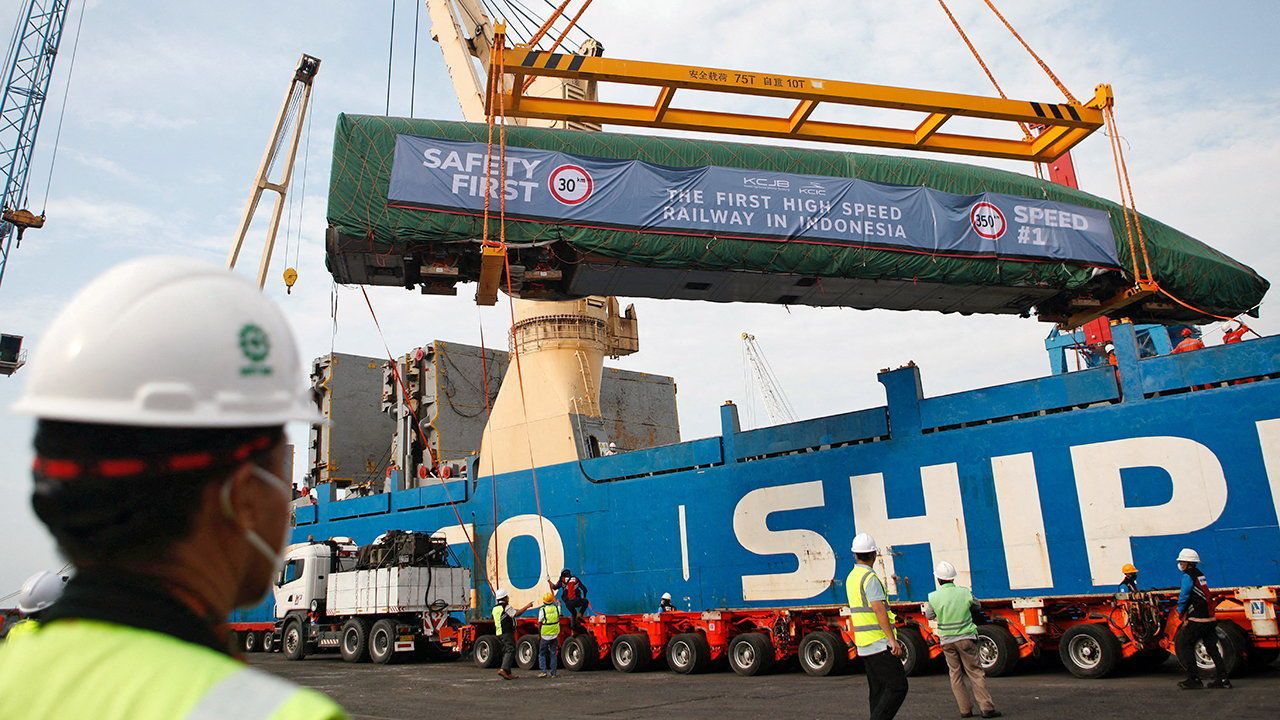- by
- 01 30, 2025
-

-
-
Loading

Loading

TEN YEARSBRIBRIGDP ago this week China’s leader, Xi Jinping, began laying the tarmac for what would become his signature foreign policy. He began with vague suggestions of reviving the Silk Road, an ancient network of trade routes linking China with Central Asia, the Middle East, Africa and Europe. When the plan was given an official name—“One Belt, One Road”—it suggested that China was putting itself back at the centre of the world. Later it would be softened, for the benefit of foreign audiences, to the “Belt and Road Initiative”, or . Mr Xi modestly hailed it as the “project of the century”.In many ways the has lived up to the hype. More than 150 countries, accounting for almost 75% of the world’s population and more than half of its , have signed on to the scheme. China has doled out hundreds of billions of dollars in loans and grants for railways, roads and other infrastructure that might otherwise have gone unfunded. Its projects have spanned the globe, from Brazil to Kenya to Laos. Over the past decade China has become the largest creditor and a crucial source of investment in many developing countries. Much of this has been good: many countries badly need better roads.